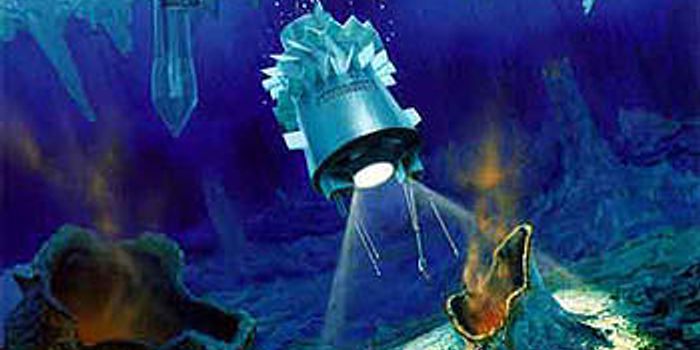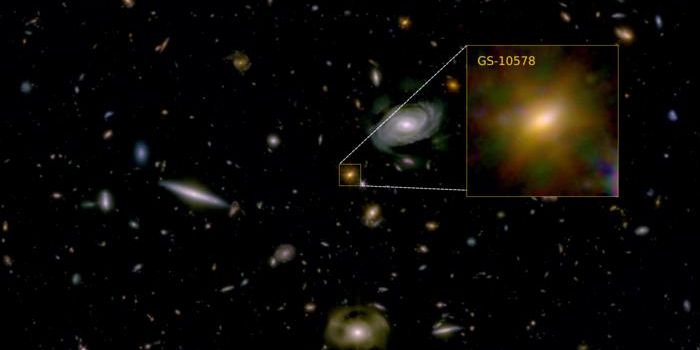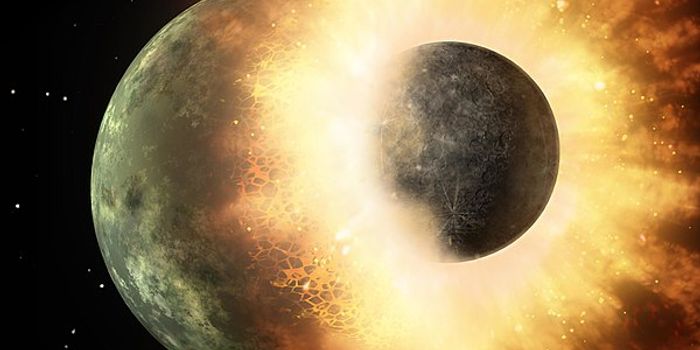Is SpaceX's Starlink Satellite Internet System Bad for Astronomy?
Unless you’ve been living under a rock, you’ve probably heard something about the Starlink internet satellites that SpaceX recently sent to outer space. SpaceX plans to launch around 12,000 of these satellites into space as a constellation to provide broadband internet to the entire globe, and while that sounds good at first, astronomers see it very differently.
Shortly after being deployed into orbit around the Earth, the initial batch of Starlink satellites appeared very bright in astronomers’ telescopes, and they moved across the night sky in what seemed like an endless trail of small, bright lights. Perhaps unsurprisingly, this intrusion interfered with the astronomers’ ability to view the cosmos via the night sky.
The first batch only involved 60 satellites, and with 12,000 or more planned for the future, this introduces a genuine issue that must be considered: the possibility that all these internet satellites could permanently infringe with astronomical observations, including planets, space rocks, and more.
With satellite glare being one of the most pressing matters, SpaceX will be working with experts in the field to reduce the satellites’ brightness in the night sky, which should help reduce the amount of visual interference that they throw back at the Earth. On the other hand, it’s too early to tell whether this will mitigate or resolve the struggle we now face.








